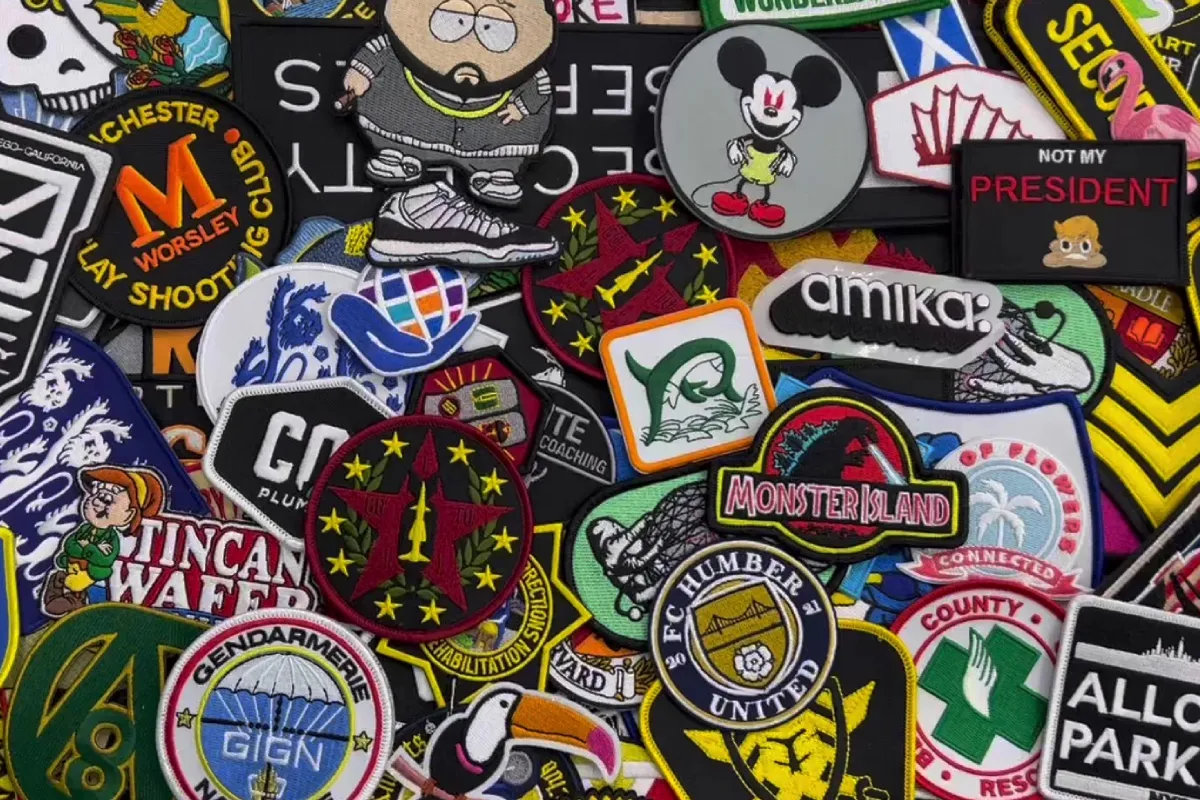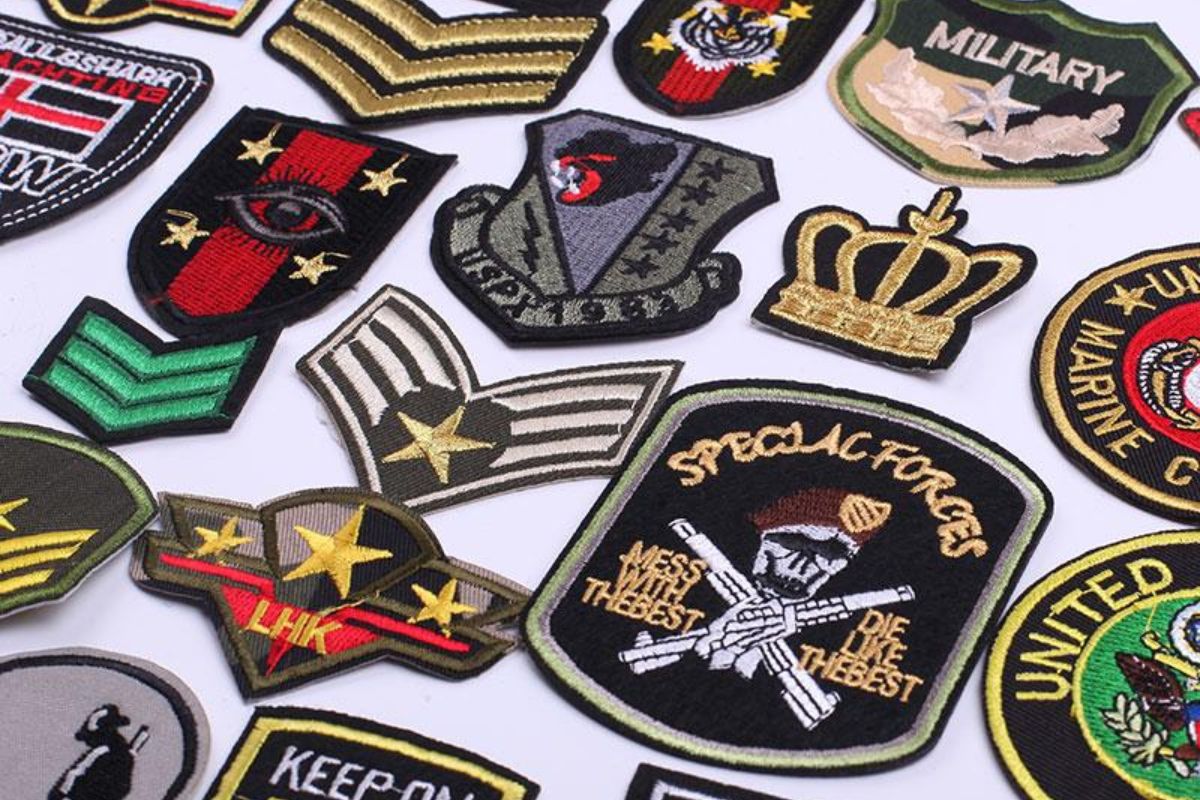Embroidered patches have transcended centuries, serving as intricate emblems that tell stories of heritage, allegiance, and self-expression. From ancient battlefields to modern fashion runways, these meticulously stitched fabric insignias have evolved into a celebrated art form and a means of personal branding. In this comprehensive guide, we delve into the rich background history of embroidered patches, tracing their origins and exploring their enduring significance.
Ancient Origins: Function and Symbolism
Military Markers of Rank and Affiliation
The origins of embroidered patches can be traced back to ancient civilizations, where stitched emblems adorned military uniforms, serving as visual markers of rank, status, and allegiance. In ancient China, embroidered patches denoted a soldier’s position and achievements, while in Greece and Rome, they represented unit affiliations and roles within the ranks.
Symbolic Patterns and Motifs
Beyond their functional purposes, early embroidered patches incorporated symbolic imagery and patterns that conveyed crucial information on the battlefield. Distinct colors, shapes, and motifs held specific meanings, allowing warriors to quickly identify allies, medics, and respective units. These intricate designs became a language of their own, woven into fabric with immense attention to detail.
The Renaissance: Embroidery as Wearable Art
As embroidery techniques advanced during the Renaissance, embroidered patches evolved into ornate works of wearable art. Aristocrats and the elite adorned their garments with meticulously stitched family crests, coats of arms, and lavish designs, showcasing their wealth and status through the intricate embellishments.
Luxurious Threads and Patterns
This era witnessed a true embroidery explosion, with noblemen and women commissioning the finest threads and most intricate patterns to adorn their attire. Embroidered patches became canvases for elaborate gardens, mythical beasts, and intricate floral motifs, transforming garments into wearable masterpieces that conveyed the wearer’s social standing and refined taste.
Expressing Allegiances and Identities
Group Affiliations and Emblems
As time progressed, embroidered patches transcended their initial military and aristocratic applications, becoming a means for various groups to proudly showcase their allegiances and identities. Scout troops, fraternal organizations, motorcycle clubs, and military units adopted unique crests and emblems, stitching them onto patches that served as powerful symbols of belonging.
Countercultural Movements and Self-Expression
The 20th century witnessed a renaissance in the use of embroidered patches, as they became a canvas for self-expression and a way for individuals to wear their interests and values on their sleeves. Denim jackets adorned with patches emerged as autobiographical tapestries, while bands and fashion designers harnessed the power of custom embroidered patches to cultivate unique brand identities.
The Art of Modern Embroidered Patches
Technological Advancements and Precision
Today’s embroidered patches are a fusion of ancient traditions and contemporary artistry, facilitated by technological advancements in the embroidery industry. Computer-guided embroidery machines can produce even the most intricate designs with remarkable precision, while specialty threads, materials like leather and cotton twill, and embellishments like metallics expand the creative possibilities.
Customization and Personal Branding
The modern embroidered patch market offers virtually unlimited opportunities for personal customization and branding. From iron-on patches for easy application to sew-on patches renowned for their durability, and unique shapes and textures made possible by digital die-cutting, individuals and businesses can create one-of-a-kind emblems that reflect their unique identities and stories.
Conclusion
Embroidered patches have endured as a distinctive art form precisely because of their ability to evolve and adapt to the changing needs and desires of each era. From ancient battlefields to modern fashion runways, these intricate fabric emblems have served as canvases for human ingenuity, personal branding, and creative self-expression. Whether you seek to rep your favorite band, sport your club’s crest, or adorn your belongings with personalized flair, custom embroidered patches offer a powerful vehicle for joining an enduring legacy of symbolism, storytelling, and self-expression




